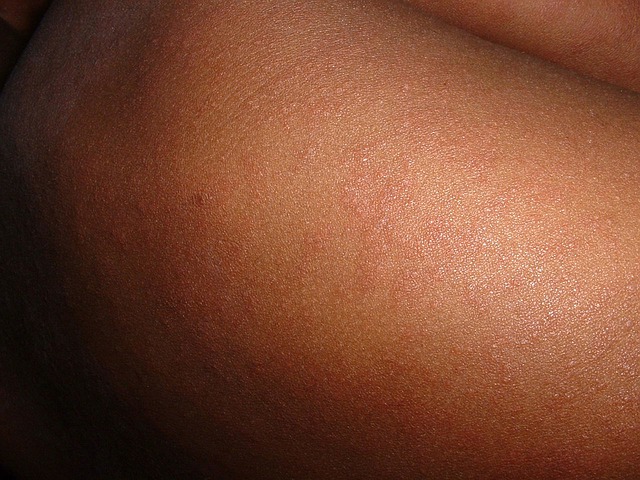For the first time in seven years, North Dakota health officials are reporting a measles case. According to the North Dakota Department of Health (NDDoH), the individual resides in Burleigh County and most likely contracted measles out-of-state. This individual has recovered and is no longer contagious.

The last case of measles reported in North Dakota was from Cass County in 2011.
The individual traveled between numerous locations in the Bismarck area while contagious, prior to being diagnosed with measles. People who were at the following locations in Bismarck on the following dates and times are encouraged to watch for symptoms and contact a health care provider if symptoms develop:
Any mass at Church of Saint Anne from August 20th through August 26th, including children from Saint Anne Elementary School who attended mass on August 24.
Additional locations:
August 20:
• Dan’s Supermarket on Turnpike Ave: 1:00 – 4:00 p.m.
August 22:
• Baptist Health Care Center: 10:00 a.m. mass
• St. Mary’s Central High School and St. Mary’s Academy: 1:00 – 4:00 p.m
Measles is a serious disease that can lead to hospitalization and even death. Symptoms include a high fever, cough, runny nose and watery eyes followed by a rash that typically spreads from the head to the rest of the body. It generally takes 8 to 12 days, but can be as long as 21 days, from exposure to the first symptom, usually fever. The measles rash usually appears two to three days after the fever begins. Measles is highly contagious and spreads easily by coughing, sneezing or even being in the same room with someone who has measles. People with measles are contagious from four days before to four days after rash onset.
How contagious is measles? Answer: Very
“In order to avoid the spread of measles in health care settings, people who have symptoms of measles should call their health care provider before going to the clinic or hospital,” said Molly Howell, immunization program manager for the NDDoH. “People who don’t have a record of two doses of MMR are encouraged to call their health care provider or local public health unit to be vaccinated. For individuals who have received two doses of MMR, no action is necessary, other than watching for symptoms.
All children are recommended to be vaccinated against measles at ages 12 to 15 months and 4 to 6 years. Measles is included in a combination vaccine with mumps and rubella (known as MMR vaccine). All adults born in 1957 or later should have at least one dose of MMR vaccine. All health care workers should have two doses of MMR vaccine. Currently, North Dakota’s rate for MMR vaccination of infants is 89.2 percent, compared to the United States average of 91.1 percent. North Dakota’s rates for MMR vaccination for kindergarten entry for the 2017-2018 school year was 94.24 percent. The goal is at least 95 percent.
Vaccines: How they work and some common misconceptions
Based on Centers for Disease Control and Prevention (CDC) recommendations and in accordance with North Dakota Century Code 23-07-17, children who did not have two doses of MMR when exposed who attend St. Mary’s Central High School, St. Mary’s Academy, or Saint Anne Elementary School should be excluded from school for 21 days from the date of exposure. St. Mary’s High School and Academy students who did not have two doses of MMR when exposed should be excluded from school and other activities through September 12. Saint Anne Elementary School students who did not have two doses of MMR when exposed should be excluded from school and other activities through September 14.
- Papua New Guinea: Additional polio cases bring total to 9
- West Nile virus: 4 more human cases reported in Massachusetts
- Syphilis: Wales report 53 percent increase in cases
- Salmonella outbreak linked to Honey Smacks grows: Cases now reported in Delaware, Maine, and Minnesota
- India: Kerala battles leptospirosis outbreak post floods
- Zambia Minister of Health: ‘There is no Ebola Virus Disease case in Zambia’

